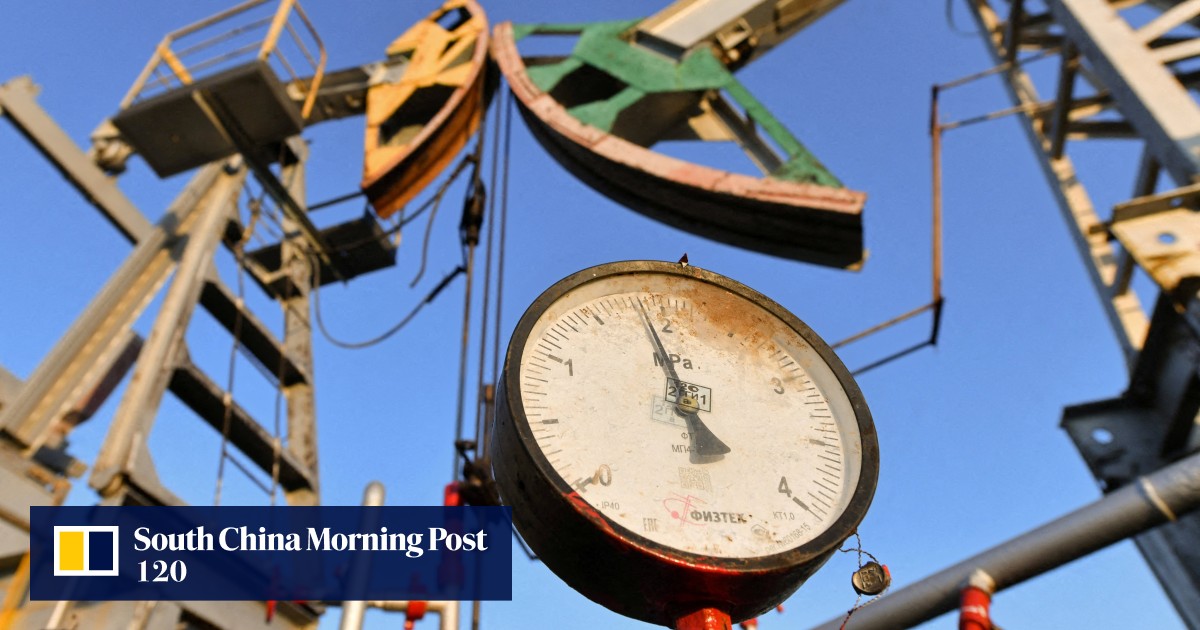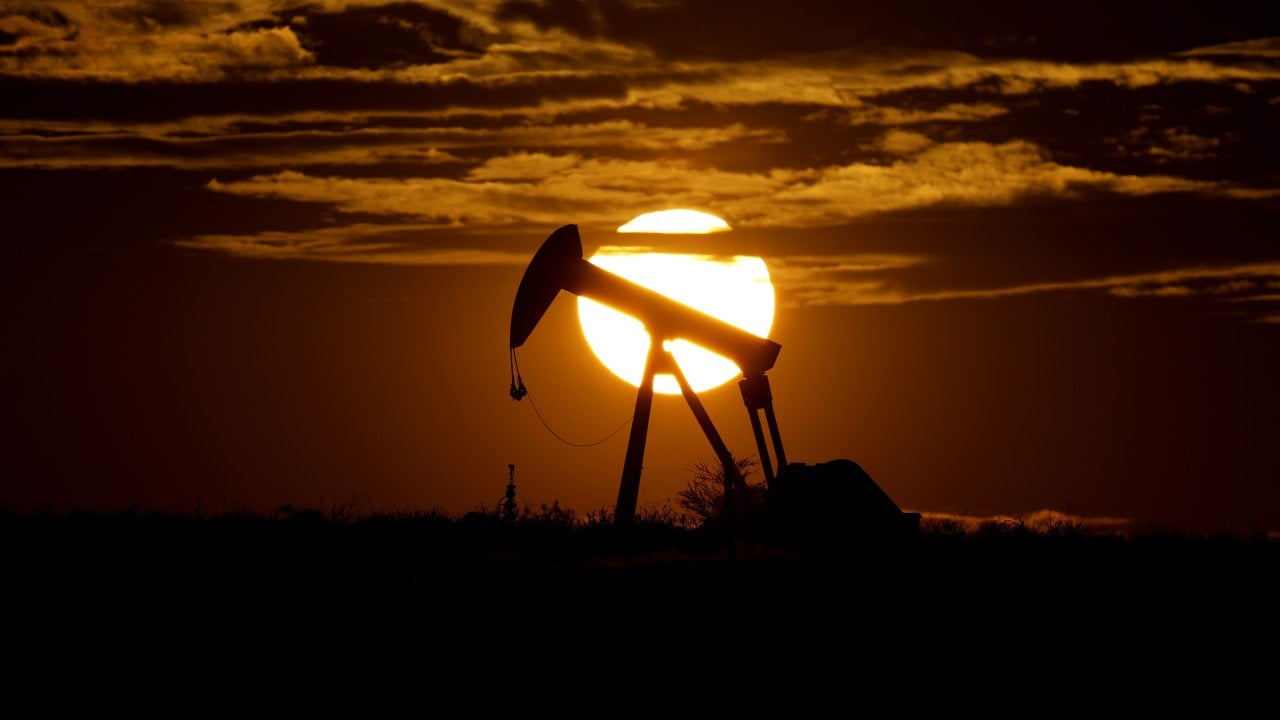Following the virtual meeting of ministers from the 23-member Opec+ alliance, Riyadh announced it would extend its voluntary oil production cut of 1 million barrels per day until March 2024.
Moscow said it would slash oil exports by 500,000 barrels a day – up from 300,000 barrels a day so far – until March, following tough, hours-long talks.
Other countries, such as the United Arab Emirates, Kuwait, Kazakhstan, Algeria and Oman, will also make smaller cuts, according to the Bloomberg news agency.
Amid stuttering global economic growth, analysts had largely expected Opec+ producers to extend or deepen production cuts into next year to halt the recent slump in prices.
Intense negotiations have continued in recent days as Saudi Arabia, which has borne the brunt of the supply cuts, sought to convince African countries to chip in by accepting lower production quotas.
But Angola and Nigeria were among those countries reluctant to sign up, seeking to step up production to secure vital foreign currency after they agreed in June to reduce their quotas.
Opec chief tells climate activists to ‘look at the big picture’
Opec chief tells climate activists to ‘look at the big picture’
At the June meeting, the United Arab Emirates received authorisation to increase production.
Since the end of 2022, the alliance has implemented supply cuts of about 5 million barrels per day (bpd).
In a boost to the grouping, Opec said Brazil would join from next year. Brazil is among the world’s top 10 producers and has been the largest oil producer in Latin America since 2016.
Opec+ was born in late 2016 when Russia and nine others joined forces with the Saudi-led Opec to prop up falling prices.
The cartel faced its biggest crisis in 2020 as countries locked down due to the Covid-19 pandemic, sending oil demand plunging.
The group agreed in April 2020 to slash output by 9.7 million barrels per day to boost sagging prices. It began to raise production again in 2021 as the market improved.
In the most recent meetings amid plunging prices, Opec+ members have announced voluntary cuts to boost prices.
But investors have warned that cutting production might not be enough to prevent prices from plummeting.
‘Not accurate’: Cop28 president denies using climate talks to push oil deals
‘Not accurate’: Cop28 president denies using climate talks to push oil deals
Oil prices are far from the near-US$140 a barrel peak reached after the Russian invasion of Ukraine.
But they remain above the average of the last five years, currently hovering at around US$80 per barrel after nearly striking US$100 in September.
Concerns among producers persist about demand softening owing to slowing economies, particularly China’s – the world’s biggest importer of crude – amid mixed signals emerging from Europe and the United States.
On the supply side, crude production in the US and Brazil reached record levels, triggering what some analysts called a shift in the balance of power.
According to analyst Neil Wilson of Finalto, Opec “doesn’t have the iron grip on the market it once commanded”.

